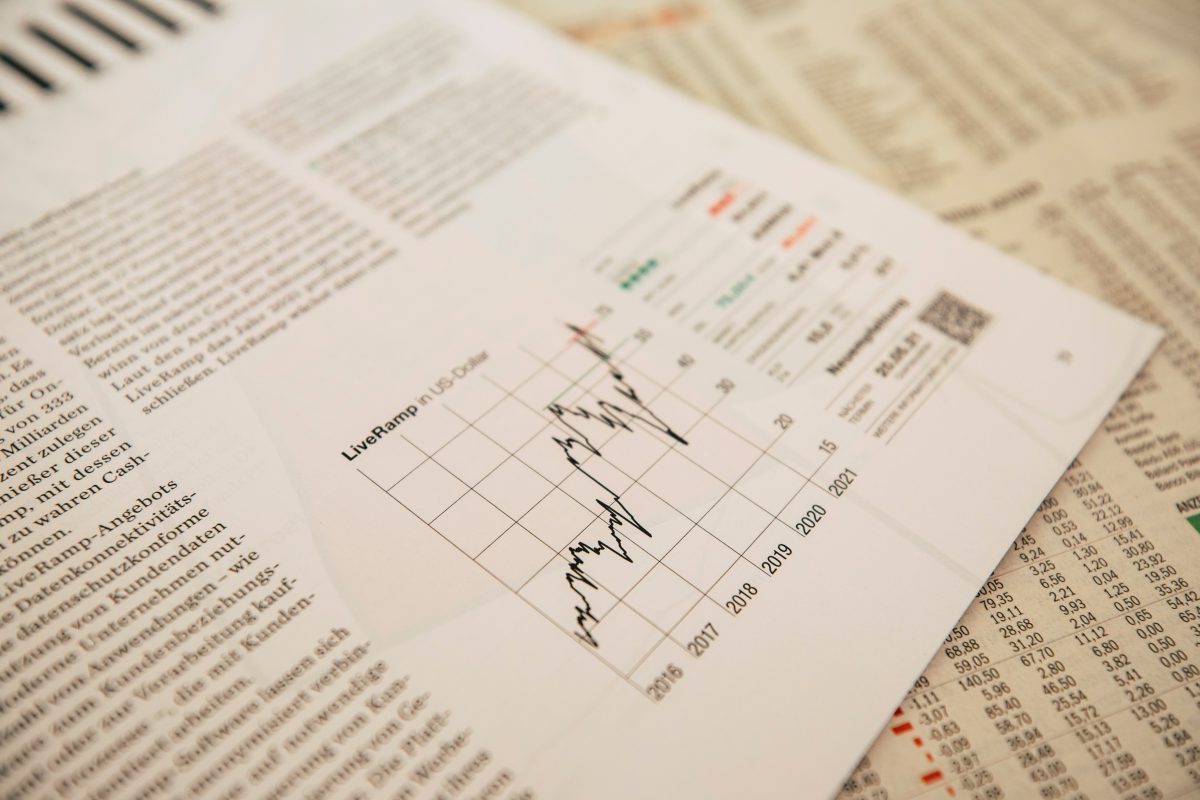- MetCon Silver Kilobar
Understanding Spot Price: What It Is and How It Works

Table of contents
If you’re an investor, you must clearly understand the spot price. In the realm of precious metals investing, what does this frequently used phrase actually mean? This blog post will look at what it is, how it operates, and how it relates to gold and silver.
What Is The Spot Price?
The spot price represents the current market value of a specific asset and reflects the price at which it is available for immediate purchase or sale. On the spot market, traders can buy or sell an asset at its current market value.
The forces of supply and demand in the market determine the spot price, which is subject to daily fluctuations as buyers and sellers respond to shifting market conditions.
How Does It Work?
The price at which you can buy and sell an asset on the market determines its spot price, representing the asset’s current market value. This is unlike future contracts, where the price is based on the contract’s price at the time of purchase.
A number of variables can affect the spot price of precious metals like gold and silver, including:
- The current supply and demand
- The current economic and geopolitical environment
- The cost of other assets at the moment, including stocks and bonds
- The current value of the currency used to buy and sell the metal
All of these factors can influence the spot price of precious metals and cause it to fluctuate constantly throughout the day
Spot Price vs. Futures Price
It’s important to understand the difference between the spot and futures prices, as they are often confused. The spot price is the asset’s current market value, whereas the futures price is the cost of a contract for future delivery.
Investors use futures contracts to lock in a price for an asset at a future point in time. This reduces risk factors. However, the anticipated supply and demand for the asset at the time of delivery, as well as changes in interest rates, can all impact the price of a futures contract.
Current market conditions determine spot prices, representing the value at which an asset is available for immediate purchase or sale.

The Importance of Monitoring Spot Prices
Investors who are thinking about buying or selling precious metals should develop the practice of regularly checking the spot prices. Furthermore, investors can decide when to buy or sell their precious metals holdings. This is done by keeping an eye on the current price.
Using a price tracking tool or app is an efficient way to monitor spot prices. If you’re an investor, you can stay up-to-date on the most recent market conditions with the help of these instruments. This is because they can offer real-time updates on the spot price of precious metals.
Investors should monitor spot prices and other variables that may affect them. These include factors such as changes in the global economy or shifts in investor sentiment. Informing yourself about these aspects can help you better understand the market conditions that influence the spot price of precious metals.
Overall, monitoring the price is essential to investing in precious metals. Investors can decide when to buy or sell their holdings of precious metals by being knowledgeable about the market environment and the variables that affect spot prices.
Spot Prices and Precious Metals
In the world of precious metals investing, spot prices are particularly significant. This is since it serves as a standard for the pricing of gold, silver, and other metals.
Troy ounces, a measurement system widely used in the precious metals business, are used to quote the spot price of gold and silver. The weight of one troy ounce is 31.1grams.
To recap, the price at which you can purchase or sell precious metals like gold, silver, platinum, and palladium immediately is called the spot price. Because of their scarcity, toughness, and beauty, these metals have long been prized. Today, they are quite popular among investors wishing to diversify their portfolios and hedge against inflation and other economic uncertainties.
A number of factors, such as worldwide supply and demand, governmental laws and regulations, and geopolitical tensions, can influence the values of precious metals. This is where things get interesting. For instance, the demand for precious metals increased during the COVID-19 epidemic as investors sought safe havens for their investments amid the turbulence in the economy.
Buying real metals like coins or bullion, investing in exchange-traded funds (ETFs) that follow the price of precious metals, or purchasing stock in the mining firms that produce these metals are all examples of ways to invest in precious metals.
The Key to Informed Precious Metals Investment
So, for investors who wish to make educated decisions regarding their investments in precious metals, understanding spot prices and the variables that affect them is essential. There’s always something new to learn about these interesting assets, whether you’re an experienced investor or just getting started.
The spot price represents the current market value of an asset and reflects the price at which it is available for immediate purchase or sale. The forces of supply and demand in the market determine the spot price, which holds particular significance in the realm of precious metals investing. Understanding spot prices and their relationship to futures prices, as well as the factors that influence the price of precious metals like gold and silver, is crucial for investors looking to make the best-informed investment decisions.
Key Takeaway
Understanding spot prices is vital for precious metals investors. Spot price reflects immediate market value for buying or selling assets, influenced by supply, demand, and market conditions. Unlike futures contracts, spot price represents real-time value. Factors affecting it include supply, demand, economy, geopolitics, and currency values.
Distinguishing spot from futures prices is crucial. Monitoring spot prices using tools or apps while considering broader market factors helps investors make informed decisions. Spot prices are pivotal for metals like gold and silver, offering diversification and security.
 1st Floor,
Willowbridge Centre,
Carl Cronje Drive,
Tyger Valley
1st Floor,
Willowbridge Centre,
Carl Cronje Drive,
Tyger Valley




